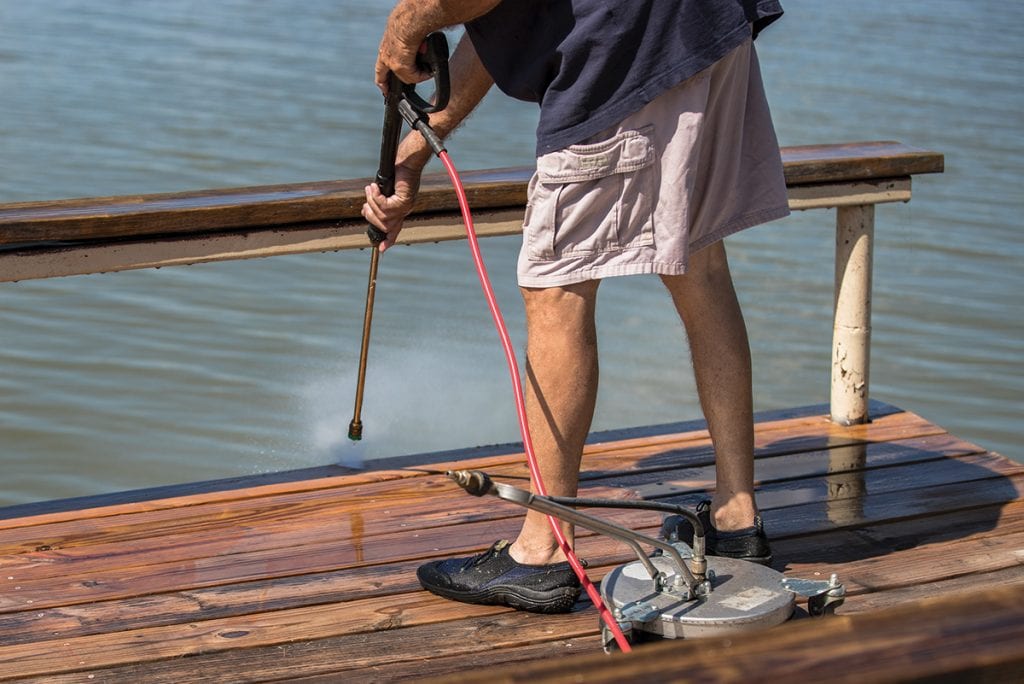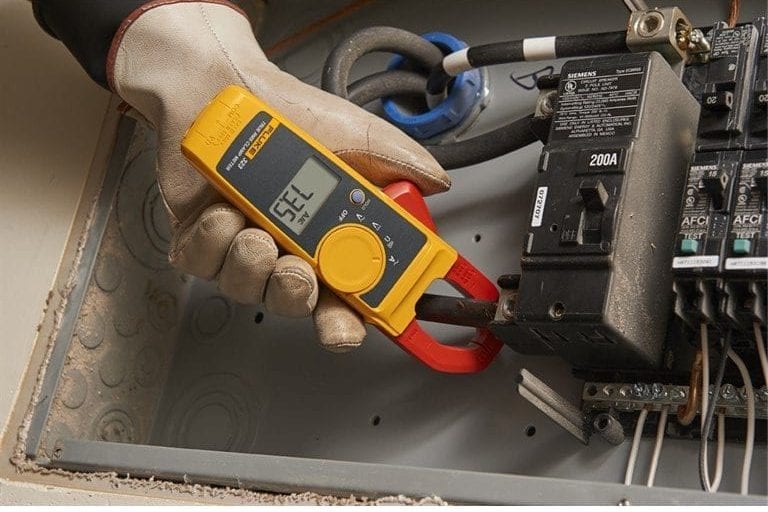Dock Maintenance
Regular dock maintenance will keep it safe for your boat and guests.
It wouldn’t be wrong to say every boat owner has at least an ounce of pride in their vessel no matter its condition, with most taking great strides to make sure it’s cared for
and in good shape. No one wants to miss the opportunity to get out on the water when the time is right. In addition to keeping the boat up to snuff, the same goes for its home port: the dock.
If you’re lucky enough to own your own dock or even if you rent one, it’s important to maintain the structure and add features that protect both the boat and those who
walk on it.
Inspect it
Safety should always be at the forefront. Each time you walk the dock, look at it with an eye for imperfection. Look for nails or screws backing out of wood planks and for loose and rotting boards. You don’t want the kids or guests to trip and fall or catch splinters in their feet.
Is there anything missing? Take a look at the structure both above and below the waterline. Are fasteners, bolts, nuts, and cross beams solid? When you jerk the dock, does it feel like the pilings are loose? Are lashing straps tight around the floating platform? If you think “I should fix that,” then don’t wait. Plan to do it as soon as possible.
Keep it clean
Besides keeping your dock clear of debris, toys and loose gear, clean it. A stiff scrub brush with biodegradable soap or environmentally safe cleaning solutions like baking soda paste are usually effective, but a pressure washer makes the job easier. Remember that using a pressure washer can “burn” the wood if the spray nozzle is too close. Afterward, the wood will be softer and splinters will appear, so take a sander to the boards and smooth out the rough spots. Also, take time to sand out any rust spots on steel parts or supports.
Don’t forget to remove growth as well. Barnacles and other creatures, as well as plants, cause damage that can’t be seen until they’re removed. A putty knife usually does the trick, but scrub the area with an abrasive pad after removal to make sure.
Fix it
Don’t wait to make repairs. Murphy’s Law will find its way, and covering the dock with carpet or such only hides what will continue to get worse and cost more later. If there are damaged areas in a wood dock, use marine putty or wood filler to repair holes or splits. Replace screws or nails if they’re backing out, and if they are, evaluate if the board needs to be replaced. It doesn’t matter how much the dock is used; hardware will loosen and rust with weather, so regular dock maintenance is important. Lubricate moving pieces such as chains, and replace rusted parts when necessary.
Seal it

Dress it up
Now that the dock is clean, safe and secure, trim the dock with a few accessories. Protect the boat from accidental bumps by attaching dock bumpers and rub rails. The areas that cause the most damage are the corners, and bumpers come in a variety of configurations and lengths as well as materials. They mount in a number of ways from along the
sides, corners, flush with the top, around pilings, and more.
Another safety feature is to add lights. “Docks and seawalls can be precarious and dangerous areas, and any additional lighting is beneficial for accident prevention,” says
Mick McDonald of Lumitec. “Lighting adds an additional level of security to your property to help protect expensive investments.” Lights also add ambiance to your dock and property and attract marine life to watch on a warm summer evening.
Chances are, your dock is used for a variety of activities as well as a place to store gear. If you inspect it regularly and keep it solid, clean and safe, it’ll be the perfect home for your boat and a great place to hang out for many seasons to come.
By Steve Davis, Southern Boating March 2019















